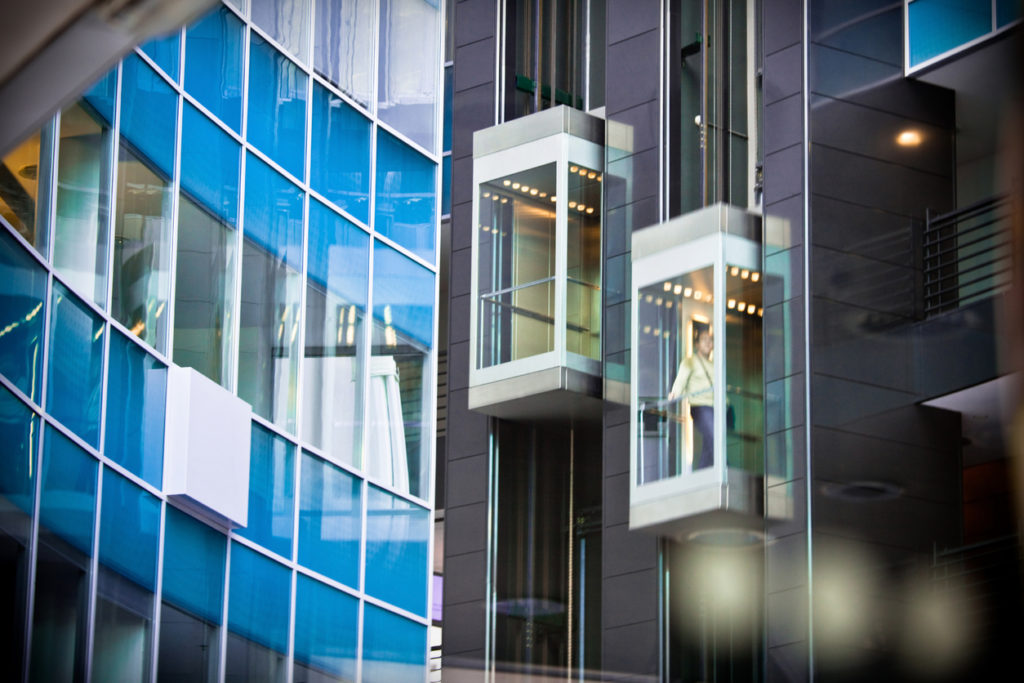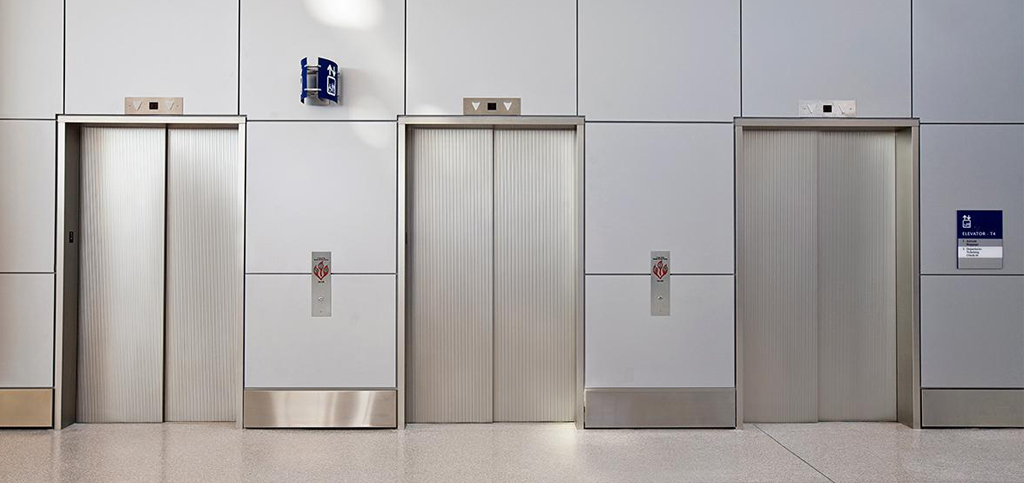
Elevating Safety and Efficiency: Adopting Technological Advancements in Elevator Systems
Elevators help us navigate the tall buildings that characterise our modern cities, making them an essential part of our daily lives. The ease and efficiency of moving inside buildings have been revolutionised by these vertical transportation systems. The need for safe and effective elevator systems has never been greater; however, cities throughout the world continue to be dominated by skyscrapers.

The significance of efficiency and safety
Elevator systems are more than just a convenience; they are an example of engineering brilliance and human ingenuity. Although they provide a safe and effective way to move people and things around inside of multi-story structures, their advantages are not without challenges.
Overcrowding is one of the most important problems currently plaguing elevator systems. Both residential and business buildings are plagued by this problem, which prolongs wait times, makes passengers uncomfortable, and—most importantly—raises safety issues. In order to overcome these obstacles, we must look into creative alternatives that will genuinely advance elevator technology.
Solving the Problem of Overcrowding
Assigning Each Elevator to a Specific Floor
Imagine a situation where each elevator in a building is solely responsible for transporting people to particular floor. Despite the fact that it may seem strange, this has the ability to greatly reduce traffic and wait times. If, we make sure there is an ideal distribution across the building by allocating specific floor to specific elevator. Passengers would no longer have to wait for elevators to halt at floors that are not on their route.
Technology to Indicate Availability
But how can such a system be put into place without creating any complications or inconvenience? Technology holds the key to the problem. Elevators with intelligent controls can display their availability for particular floors and those nearby. In order to streamline the process and cut down on wait times, passengers waiting on a certain floor can simply determine which elevator is prepared to carry them to their destination.
Pragmatic Solutions
Additionally, encouraging people to use elevators to ascend to higher levels and steps to descend can reduce congestion. This practical strategy can greatly reduce the number of people crammed into elevators, improving both safety and efficiency.
Leveraging both manual and electronic controls
Combining technological and manual controls
The solution for elevator system overcrowding and safety improvement is not purely technological. It necessitates a deliberate blending of technical and manual controls. Think of a mall or a group of floors where elevators are frequently in great demand. It can be quite advantageous to implement a system whereby elevator operations are manually controlled during busy times. This helps to reduce crowding and improve overall safety by enabling an operator to keep an eye on the situation and direct people to accessible elevators.
Using technology to divert passengers
Technology is essential for directing passengers to accessible elevators in addition to human controls. Elevators can automatically recognise and reroute passengers to the elevator that is least crowded with the use of sensors and intelligent algorithms. By preventing elevators from operating at full capacity, this proactive strategy not only eases congestion but also improves safety.
Prioritising safety before cosmetic upgrades
Genuine Safety improvements
Recognising that safety in elevator systems should never be sacrificed for cosmetic upgrades is important. Elevator aesthetic renovations can improve the way they look and feel overall, but they shouldn't come before real safety improvements. Meaningful adjustments that put passenger safety first include addressing overcrowding issues and putting emergency response systems, backup power sources, and thorough maintenance schedules in place.
Elevator models that use less energy
Encourage energy efficiency.
We must take into account the environmental impact of elevator systems while we strive for efficiency and safety. Since elevators use a lot of energy, switching to energy-efficient models is not only ethically responsible but also financially beneficial.
Cost-saving advantages
In addition to lowering a building's ecological footprint, energy-efficient elevators also result in significant financial benefits. Building owners and operators will pay less for energy because these models are made to use less electricity while still performing at their best. Additionally, the decreased energy use helps achieve global environmental goals for a more sustainable future.
Conclusion
In conclusion, elevators are more than just tools for transporting people between floors; they are a symbol of human development and inventiveness. We must deal with the problems that currently afflict elevator systems if we are to fully realise their potential. By designating specific levels for elevators and making smart use of technology, overcrowding—a fundamental problem in both residential and commercial buildings—can be reduced.
Combining manual and electronic controls improves productivity and safety even further. We can offer a more comfortable and secure elevator experience by directing passengers to available elevators and ensuring seamless operations during peak hours.
Prioritising safety over aesthetic upgrades and making real improvements that safeguard assets and passengers are imperative. Adopting energy-efficient elevator models also helps ensure a sustainable future while lowering operating expenses.
In conclusion, adopting new technologies is essential to reducing crowding and raising elevator system safety. When thinking about elevator upgrades, we as stakeholders must put safety, efficiency, and sustainability first. By doing this, we can improve everyone's elevator experience by making it safer, more effective, and more ecologically friendly.